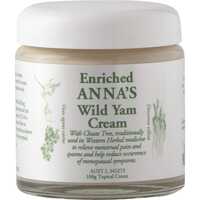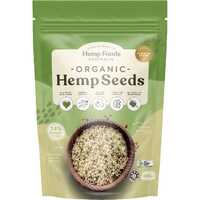During the holidays, people seem to be in such a rush. Buying gifts, attending parties, planning menus, and the list goes on. Take some time to pamper yourself and those you love. Your friends, family, (and body) will thank you.
Soak to Your Skin’s Content
Let’s start the pampering by stepping into the bath. Soaking in salt and mineral baths has been a restorative beauty practice for centuries - and for good reason. Mineral salts are rich in magnesium and calcium. These elements strengthen the barrier function of the skin, which improves hydration.
Skin-Healing Salt from the Dead Sea
The Dead Sea has been known for its healing properties since Biblical times. It is the deepest and most saline lake on earth. Visitors to the Dead Sea report emerging from the mineral-rich waters with soft, supple, moisturized skin.
But you don’t have to travel to Israel or Jordan to reap the benefits.
A study by Proksch, Nissen, Bremgartner, and Urquhart found that soaking in a 5% solution of Dead Sea salt enhanced skin hydration and reduced skin roughness and inflammation when compared to a plain tap water soak (2005).
The study researchers suggest that the positive effects of bathing in the Dead Sea salt solution are most likely due to the high magnesium content. “Magnesium salts are known to bind water, influence epidermal proliferation and differentiation, and enhance permeability barrier repair.”
Another study found Dead Sea salt treatments to be effective in addressing psoriasis and rheumatologic diseases including arthritis, psoriatic arthritis, ankylosing spondylitis, and knee osteoarthritis (Katz, Shoenfeld, Zakin, Sherer, and Sukenik, 2012).
Benefits of a Magnesium Bath
One of the superstar minerals in Dead Sea salt is magnesium, which can be absorbed through the skin into the cells, and is clinically proved to relieve muscle pain and speed wound healing.
Many people tend to be deficient in magnesium, which:
- Activates muscles and nerves
- Activates adenosine triphosphate (ATP), creating energy in your body
- Helps in digesting proteins, carbohydrates, and fats
- Serves as a building block for RNA and DNA synthesis
- Is a precursor for neurotransmitters like serotonin
In addition to eating foods like dark leafy greens, nuts, seeds, or avocado, you can also get magnesium from your bath. You can improve your magnesium status by taking baths or soaking your feet in warm water with Epsom salt or magnesium bath flakes.
Don’t have a tub to soak in? You can also try a DIY magnesium oil spray. (It’s called magnesium oil spray because of the oily feeling it gives when sprayed on the skin.)
DIY Magnesium Spray
- Mix equal parts water and Epsom salt (or magnesium bath flakes).
- Heat in a pot to dissolve crystals.
- Remove from heat and allow to cool.
- Pour into a spray bottle.
Once your spray is ready, you can apply to the skin. The minerals are absorbed transdermally and help to soften the skin, relieve itching, and also function as a sleep aid. If you notice dryness, rinse off after 30 minutes and apply your favorite body oil or moisturiser.
...and remember, qualified nutritionists at Healthy Being are available to offer further general advice to help guide you in selecting the right products. So please, feel free to contact us at anytime!
 Aminta Bullard is a Master's-trained Registered Dietitian and a regular contributor to HB Insights. She specialises in health and nutrition communications, as well as nutrition education.
Aminta Bullard is a Master's-trained Registered Dietitian and a regular contributor to HB Insights. She specialises in health and nutrition communications, as well as nutrition education.


 Certified Organic
Certified Organic Vegan Friendly
Vegan Friendly  Vegetarian
Vegetarian Organic Ingredients
Organic Ingredients Dairy Free
Dairy Free Gluten Free
Gluten Free Keto Friendly
Keto Friendly





























